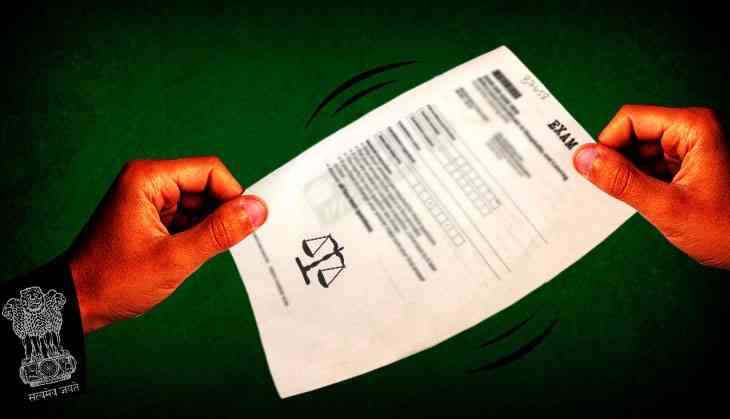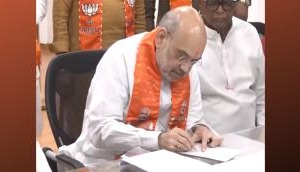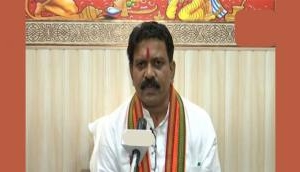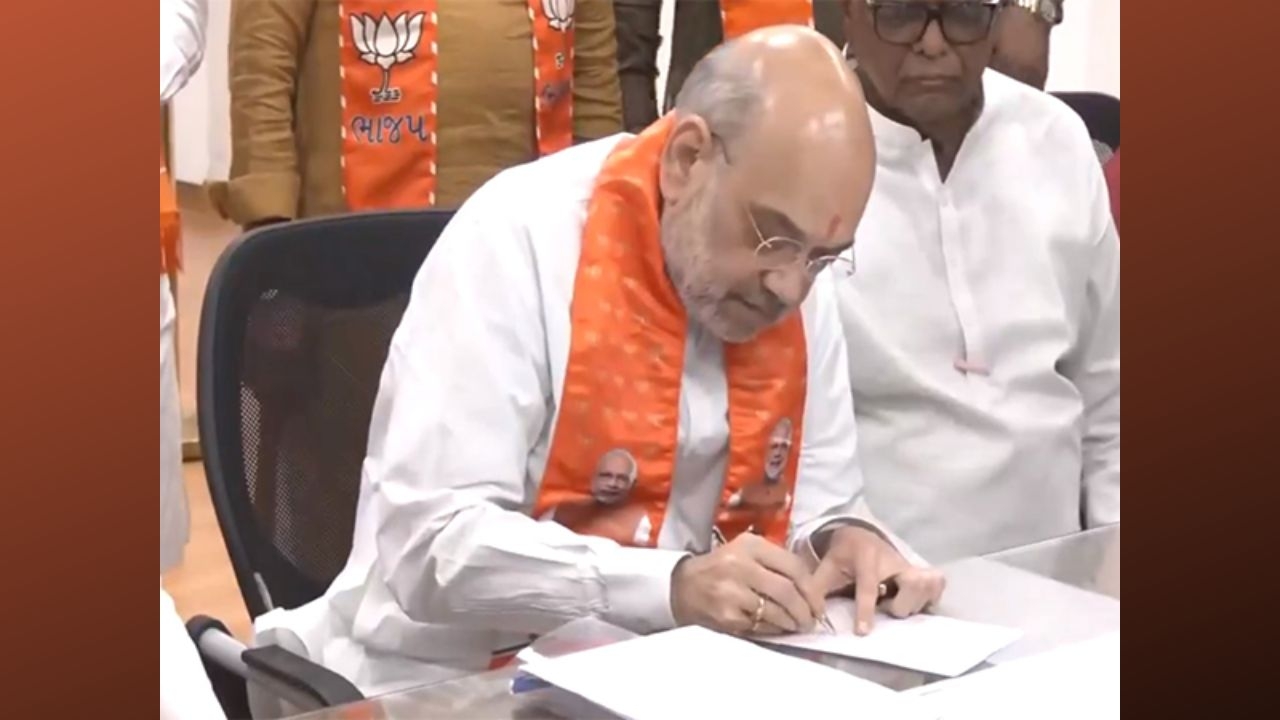Centre wants judicial recruitment reforms. So why do states and HCs oppose it

India’s courts may be reeling under a shortage of judges, but the Narendra Modi government’s way to resolve the crisis seems to be headed for a roadblock.
What the Union government wants is a nationwide test to select judges for the lower courts. While the Supreme Court is on the same page with the Centre on this, others are not.
Several high courts have expressed reservation about a ‘Central Selection mechanism’ (CSM), mooted by the government once its plan to set up an All-India Judicial Services was resisted by states and high courts.
The CSM plan
The model is based on the one followed by Central Board of School Education in conducting the National Eligibility and Entrance Test for medical courses.
Recently, Senior Advocate Arvind Datar rooted for CSM and submitted a concept report to the apex court. The report proposed a 'District Judges Recruitment Examination' (DJURE) to bring uniformity in the appointment system, which is now controlled by the states.
CSM will ensure a steady flow of meritorious candidates for recruitment and selection bodies for state judicial services, said Datar, amicus curiae in a public interest litigation (PIL) on the matter that was initiated suo motu by Chief Justice of India JS Kehar.
The PIL followed a letter to SC Secretary General Ravindra Maithani from Snehlata Shrivastava, secretary of the Union law ministry’s Department of Justice. It expressed concern over the low working strength of subordinate judiciary, leading to a backlog of court cases.
Referring to a meeting in the Supreme Court on judicial reforms for speedy justice in April, Shrivastava said the low strength was indicative of the high courts and the state public service commissions facing difficulties in filling up vacancies and proposed the CSM.
According to the National Judicial Grid Data, over 25 million (25,17,4019) cases are pending in various courts across the country as on 7 August which includes over 17 million (17,30,4876) criminal cases.
Not on the same page
The apex court sough the views of states governments on CSM, once the PIL was filed. While several states opposed the idea, saying it might compromise the federal structure, some high courts too expressed reservation.
Among those not agreeing to the proposal include the high courts of Andhra Pradesh, Uttarakhand, Kerala and Gujarat. While the high courts of Guwahati, Jammu and Kashmir and Punjab and Haryana have sought further time to inform their stand.
During the hearing of the PIL on 4 August, the West Bengal government opposed the CSM contending it would take away the state’s right to make appointments in the lower judiciary.
But the Bench strongly advocated a uniform appointment mechanism and allayed fears of the proposal being against the federal structure.
Pros & cons
The Datar report said the lack of qualified and meritorious advocates was a reason for several vacancies for district judges not being filled and blamed absence of regular/periodic examination system for it.
“In most states, the examinations are held in an ad-hoc fashion,” said the report. Under the CSM, candidates would be able to write a single common examination – the DJURE – and be considered for selection in all the states for which they fulfil the eligibility criteria.
As per the report, as against the sanctioned pan-India strength of district and subordinate judges of 21,372, the working strength stands at 16,530.
“Of the 4,844 vacancies, it can be assumed that 25% of these are district judges. This means that on an annual basis, there are likely to be approximately 300 vacancies that need to be filled up each year,” says the report.
It also said the CSM does not, in any manner, amend, alter, or abridge any of the rules that currently prevail in the high courts, while recruiting district judges.
The report also clarified that the proposed DJURE would not compromise the autonomy of the states in regulating the terms of recruitment or the conditions of service.
“This is what distinguishes the DJURE from an AIJS,” said the report also pointing that the there won’t be any change either in the reservations. The actual prerogative of appointment of any judges to state judicial services would still remain with the Governor of a state, as prescribed under the Constitution of India.
“DJURE will neither recruit, nor appoint candidates as district judges. It will merely present a pool of candidates from whom judges can be recruited, after an interview with the selection authority. The selection will remain with the respective high courts in accordance with Article 233,” it said.
How the DJURE will work
The proposed selection mechanism consists of an exam and an interview. The exam will have four papers – civil law and allied subjects, criminal law and allied subjects, miscellaneous subjects and local laws, customs and practice.
The interview will carry a weightage of 200 marks.
Since the candidates selected through DJURE will have high chances of being elevated to the respective state high courts, the first three papers have been recommended to be in English, the official language of high courts in most states.
With regards the AIJS, the Union Law Ministry had earlier informed the Parliament that only high courts of Sikkim and Tripura concurred with the proposal with many others opposing the idea.
While the high courts of Allahabad, Chhattisgarh, Himachal Pradesh, Kerala, Manipur, Meghalaya, Orissa and Uttarakhand suggested certain changes, rest of the high courts did not favour the idea at all.
“Most of the high courts want the administrative control over the subordinate judiciary to remain with the respective high courts,” informed the law ministry.
The state governments to oppose idea include Arunachal Pradesh, Himachal Pradesh, Karnataka, Madhya Pradesh, Meghalaya, Nagaland and Punjab. While Bihar, Chhattisgarh, Manipur, Orissa and Uttarakhand wanted changes in the AIJS proposal.
http://164.100.47.190/loksabhaquestions/annex/11/AS553.pdf
First published: 8 August 2017, 16:29 IST






![BJP's Kapil Mishra recreates Shankar Mahadevan’s ‘Breathless’ song to highlight Delhi pollution [WATCH] BJP's Kapil Mishra recreates Shankar Mahadevan’s ‘Breathless’ song to highlight Delhi pollution [WATCH]](http://images.catchnews.com/upload/2022/11/03/kapil-mishra_240884_300x172.png)

![Anupam Kher shares pictures of his toned body on 67th birthday [MUST SEE] Anupam Kher shares pictures of his toned body on 67th birthday [MUST SEE]](http://images.catchnews.com/upload/2022/03/07/Anupam_kher_231145_300x172.jpg)






